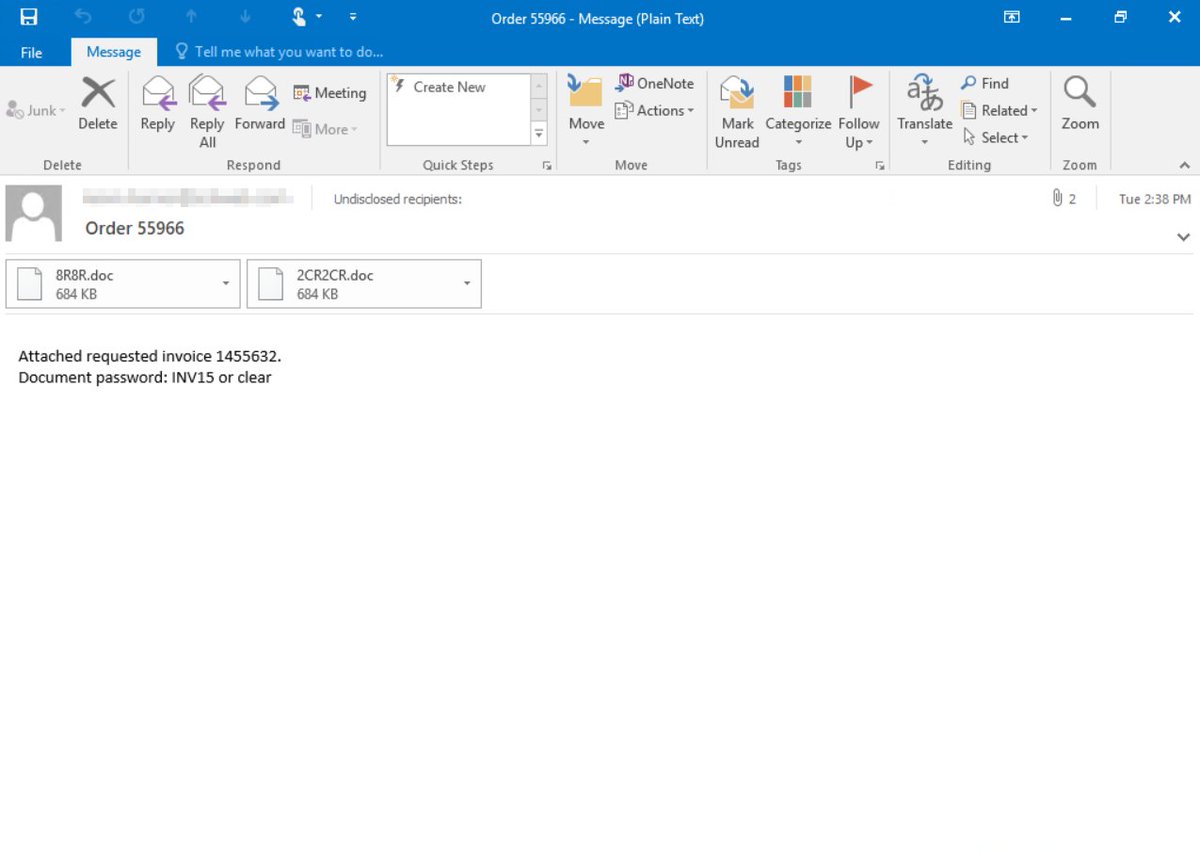
We detected a recent spike in busines email compromise (BEC) attacks soliciting gift cards primarily targeting K-12 schoolteachers. Attackers impersonate colleagues or school officials to ask recipients to purchase various gift cards. 





The fraudulent emails are sent from attacker-created accounts on free email service providers, such as Gmail, Mail[.]ru, Yahoo, Hotmail, Outlook, and iCloud. As in many BEC campaigns, attackers identify targets through their publicly available info on websites and social media.
Attackers use various scenarios and lures to feign legitimacy and urgency. Based on intelligence, these attackers have also used COVID-19 lures for similar gift card BEC campaigns.
To protect customers from these threats, Microsoft Defender for Office 365 uses built-in capabilities to automatically detect domain spoofing and user and domain impersonation. These capabilities are backed by security experts who monitor and analyze these evasive threats.
• • •
Missing some Tweet in this thread? You can try to
force a refresh

























